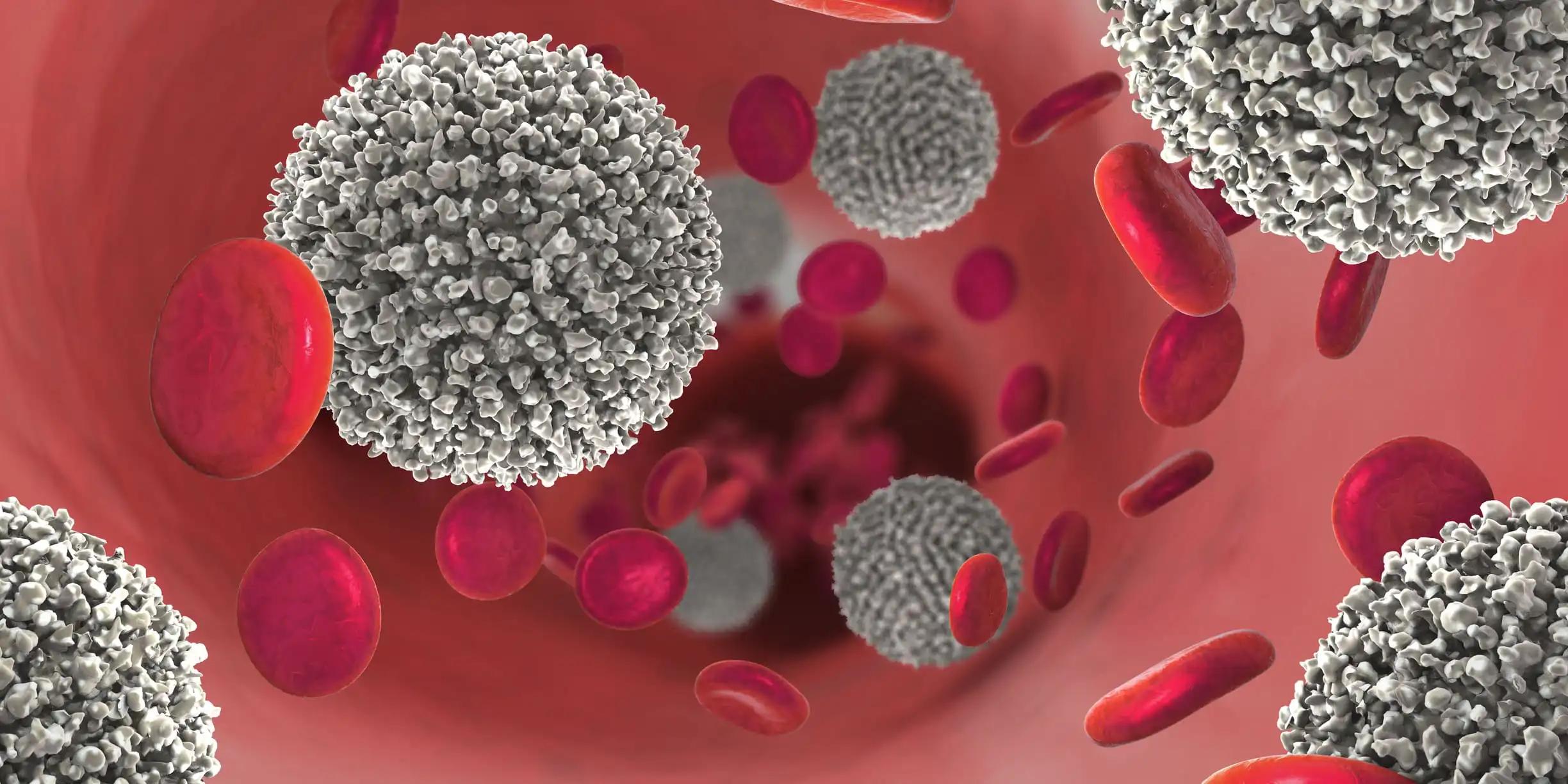KEY TAKEAWAYS
- Children aged 28 days to less than 18 years with high-risk relapse of B-ALL were given experimental Blinatumomab treatment instead of the third cycle of chemotherapy before receiving alloHSCT.
- The EPS, OS, MRD response rate were measured, among other parameters.
- Blinatumomab proved superior to the third cycle of chemotherapy, with EPS at 59, OS at 77%, and second relapses only at 30%.
The multinational Phase 3 trial Amgen NCT02393859 compared the efficacy of Blinatumomab in children of ages 28 days to <18 years with high-risk first relapse B-cell precursor acute lymphoblastic leukemia (B-ALL) with chemotherapy. Blinatumomab is a monoclonal antibody medication in the form of engineered bispecific T-cell engager (BiTE) molecules targeted at CD3/CD19 proteins that is used prior to/after allogeneic hematopoietic stem cell transplantation (alloHSCT) in patients with relapsed or refractory B-ALL.
111 patients were grouped into two (1:1) by randomization for this open-label trial. All participants received induction and 2 cycles of consolidation. However, only one of the group (n=57) received the third cycle of consolidation, and the other (n=54) received the experimental Blinatumomab treatment for 4 weeks, 15 μg/m2 per day, via continuous intravenous infusion. During the study, M1 (<5% blasts) or M2 (≥5% and <25% blasts) bone marrow (BM) was required at randomization. And the patients who had complete remission (CR, i.e., M1 BM) after the treatment were allowed to undergo alloHSCT.
The study’s primary endpoint was Event-Free Survival (EPS) computed from the time of randomization to the termination of the treatment due to relapse, M2 BM after CR, failure to achieve a CR at the end of treatment, second malignancy, or death, whichever occurred first.
The EPS in Blinatumomab group was higher at 59% compared to 27% in chemotherapy (median follow-up 44 months). Other parameters reported stratified log-rank p<0.001, hazard ratio [HR]: 0.35, 95% CI: 0.20-0.61. The OS of Blinatumomab was 77% versus 49% of chemotherapy and stratified log-rank p=0.002, HR: 0.34, 95% CI: 0.17-0.69. 60% of the patients receiving the third cycle of chemotherapy had second relapses, while it occurred in only 30% of the patients in the Blinatumomab group.
AlloHSCT was performed in 51 patients in the blinatumomab group and in 39 patients in the chemotherapy group. The study demonstrated that 1 cycle of Blinatumomab treatment before alloHSCT improved the EPS, OS, and MRD response rates in patients, independent of baseline MRD. With CD19- relapses being significantly low.
Source:https://www.ncbi.nlm.nih.gov/pmc/articles/PMC9883152/
Clinical Trial: https://clinicaltrials.gov/ct2/show/NCT02393859
Locatelli, F., Zugmaier, G., Rizzari, C., Morris, J. D., Gruhn, B., Klingebiel, T., Parasole, R., Linderkamp, C., Flotho, C., Petit, A., Micalizzi, C., Zeng, Y., Desai, R., Kormany, W. N., Eckert, C., Möricke, A., Sartor, M., Hrusak, O., Peters, C., Saha, V., … von Stackelberg, A. (2023). Improved survival and MRD remission with blinatumomab vs. chemotherapy in children with first high-risk relapse B-ALL. Leukemia, 37(1), 222–225. https://doi.org/10.1038/s41375-022-01770-3



